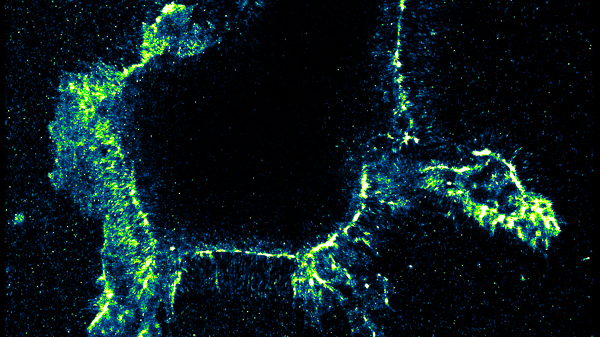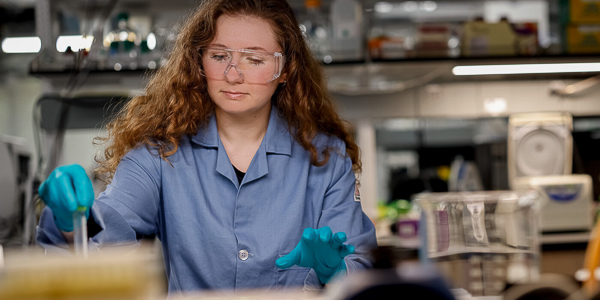Can we stop cancer before it starts?
We’re one step closer. A grad student-led WashU research team found promising answers by taking a closer look at RNA editing.
Tracking RNA editing errors
Our genetic code is constantly edited and revised as cells divide. Editing errors can lead to cancer and other diseases, so being able to track these rogue RNA edits could help explain the origins of the disease and identify new targets for therapy.
“RNA editing is critical for our cells to function and often goes awry in disease,” chemist Jennifer Heemstra says. “However, relative to the tremendous importance of this process, relatively little is known about the timing, location, and regulation of editing in cells.”
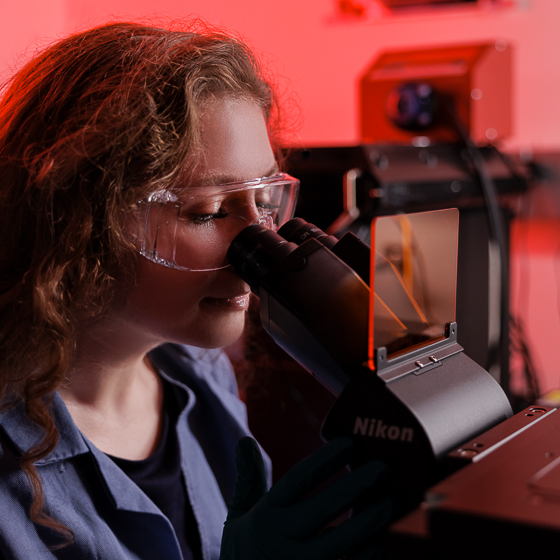
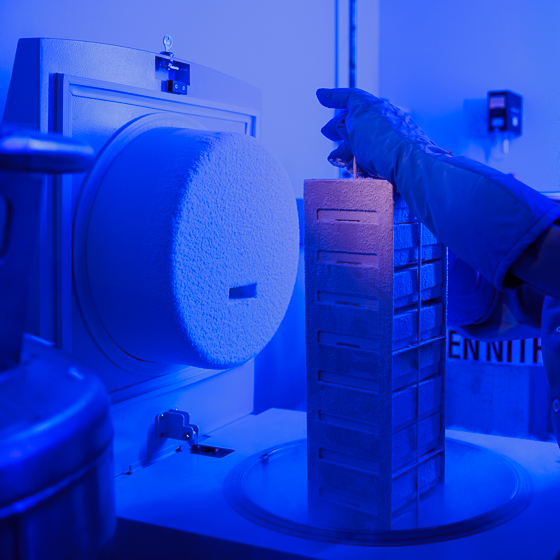
The editing process had been largely invisible at the cellular level until a team of WashU chemists in Heemstra’s lab, led by graduate student Alex Quillin, developed a test called EndoVIA that makes it possible to precisely track individual edits to RNA using a microscope, an advance that could lead to a new understanding of many illnesses, including cancer.
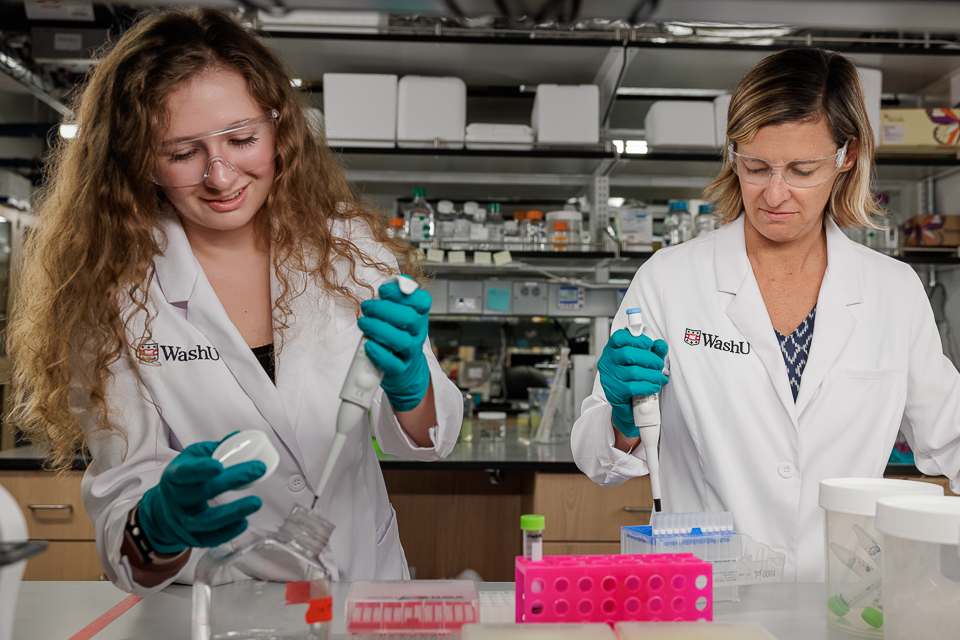
Testing for and treating cancer
“This could be groundbreaking for so many reasons,” Quillin says. She foresees a test that could find early cancers by detecting RNA editing errors in a biopsy of tissue.
Her dream is to use this tool to find treatments for cancer and other diseases.
“Can we find therapeutics?” Quillin asks. “Can we identify drugs that increase or decrease RNA edits?” Quillin and researchers at WashU are working toward answering those questions.

Our lab is really excited by the development. We’ve never been able to pinpoint edited RNA in cells until now.
Alex Quillin
Advancing health care breakthroughs.
